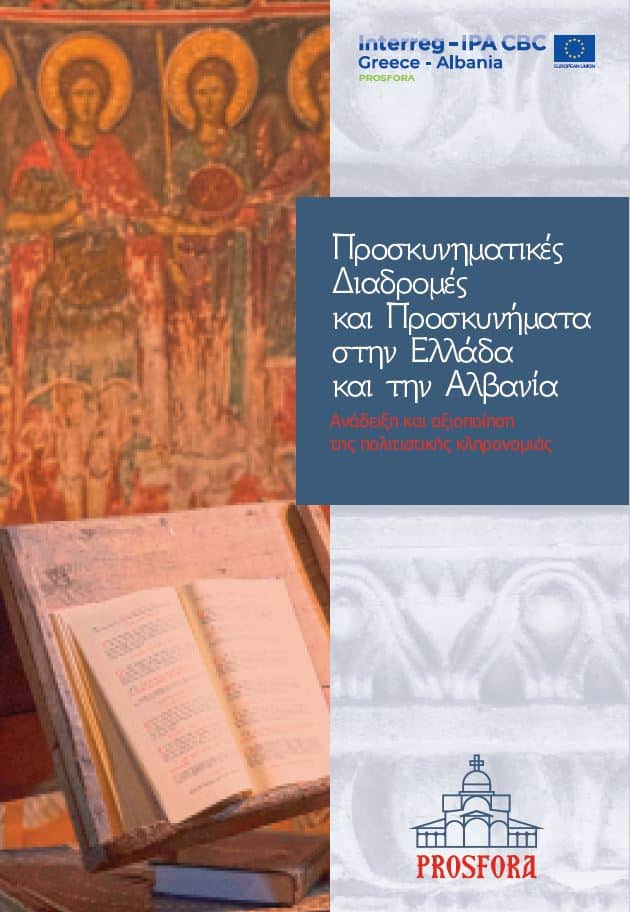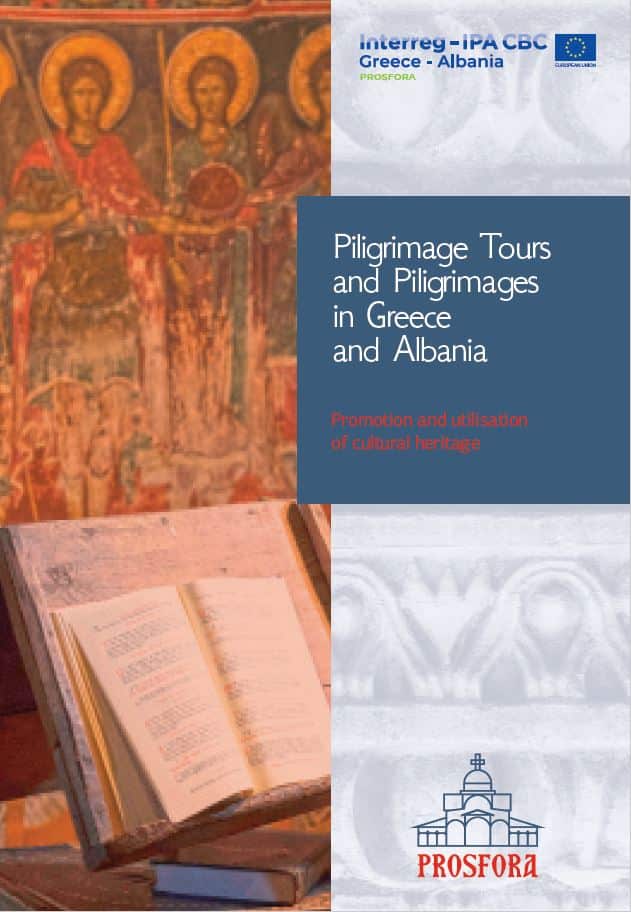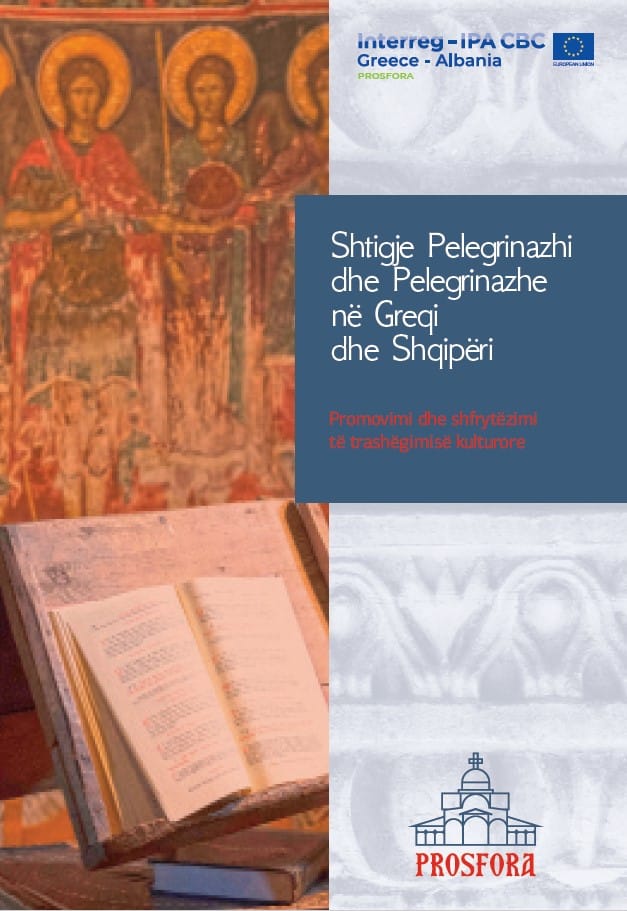HISTORY
Eleni Michou, Archaeologist
The Monastery of St. Nicholas Filanthropinon or Spanos, is a landmark monument thanks to its imposing mural ensemble and is located on a hill, near the southwestern shore of the settlement of the Island of Ioannina. It is an institution of the Byzantine Constantinople family of Filanthropinon, who settled in Ioannina after the Fall of Constantinople by the Crusaders, in 1204. In 1291/2, Michael Philanthropinos founded or radically renovated the monastery, which was already established on the Island during the13th-14th century. The monastery flourished in the 16th century when, on the initiative of Abbots Neophytos and mainly Ioasaf Filanthropinon, it was refurbished, expanded and frescoes were made in the katholikon. In the following centuries, the monastery continued to have a special spiritual radiance in the area. Throughout its operation, it maintained a direct relationship with the city of Ioannina, receiving at times rich donations from expatriates of Ioannina, such as Zotos and Apostolos Tsigaras, merchants based in Venice. Later it was also connected with the Spanos family and that’s the reason why it is often called the monastery of Saint Nicholas of “Spanos”.
Only few remains from the Byzantine phase of the complex are visible today. Originally, the katholikon, the oldest building of the complex, was an aisleless timber-roofed church, with a semicircular arch to the east. It consists of the nave with the Sanctuary and the narthex, surrounded by three unequal exonarthexes. Its current form is the result of extensive interventions, made on the initiative of Ioasaf Filanthropinon in two successive phases, in 1542, with the replacement of the timber roof with an elongated semi-cylindrical arch and in 1560, when its original shell is surrounded on three sides, north, south and west, by vaulted exonarthexes.
The katholikon received an internally extensive mural with brilliantly painted decoration by hundreds of representations and figures of saints and was executed in three different periods. In the first period around 1531/2, before it was even remodeled, were painted the frescoes that adorn the lower part of the walls of the nave. During the second period, in 1542, the new dome of the temple and the narthex (liti) were painted on the wall, with the influence of the great painter Frangos Catelanos from Thebes or even his presence. Finally, during the third period, in 1560, the three exonarthexes of the katholikon were frescoed by the painters and brothers, Georgios and Frangos Kontari of Thebes. The set of mentioned frescoes is one of the leading works of the so-called “School of Northwestern Greece” and a reference point for the study of this painting movement, but also a pattern, pictorial index for many later artists.
The iconographic system of the church includes in parts the story of Christ and the Virgin Mary, the martyrdom of the Saints, the life of St. Nicholas organized in circles and other representations according to the Menologium, Old Testament stories, epiphanies and visions, thanksgiving and symbolic performances, the Coming Judgment, the saints of the Church in hierarchical order and the wise men of antiquity in Greece.
The frescoes of the Monastery of Philanthropinon with their unattainable iconographic wealth and originality in structure are, perhaps, the most ambitious temple painting decoration handed out to us from the art of the 16th century, being a rare and unsurpassed monument of treasured knowledge of the time.













